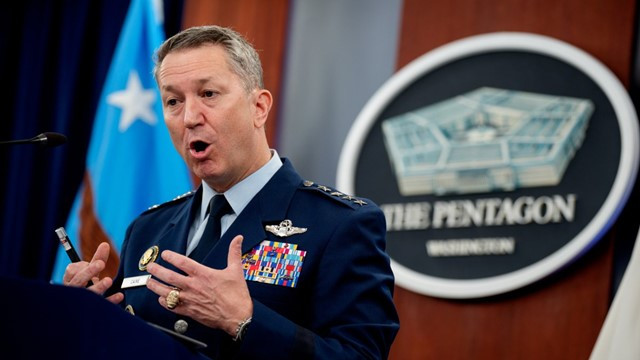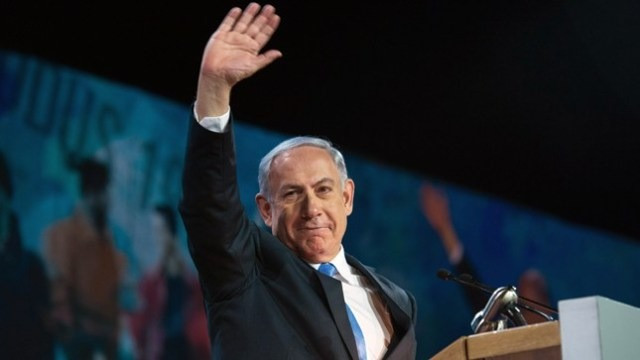২৯ ভাদ্র ১৪৩২
Attack on Iran is 'Ultimate Consequence' of 15-year Plan : General Kaine
27 June 2025 16:06 PM
NEWS DESK
The U.S. strikes on Iran’s Fordow Nuclear Enrichment facility were 15 years in the making, starting with a Defense Threat Reduction Agency (DTRA) meeting, the chairman of the Joint Chiefs of Staff says. Gen. Dan Caine provided background into the mission June 26 as reports questioned the effectiveness of the strikes.
The DTRA is charged with countering weapons of mass destruction, and in 2009 the agency saw a large construction project beginning at Fordow. A DTRA officer was charged with monitoring the facility and studying ways to eventually take it out.
“They literally dreamed about this target at night when they slept. They thought about it driving back and forth to work and they knew from the very first days what this was for,” Caine says.
As part of this effort, the agency realized the Pentagon did not have a weapon capable of adequately striking and destroying the target, as the department’s history with “bunker buster” bombs had shown limited effectiveness.
The DTRA officials “began a journey” working with industry and tacticians to develop the Boeing-made GBU-57 Massive Ordnance Penetrator (MOP) with a focus on facilities like Fordow.
The bomb was tested “over and over again” hundreds of times, with a focus “on a single purpose, to kill this target at a time and place of our nation’s choosing,” Caine says.
The June 21 mission was the culmination of that work. For the strikes, B-2 bombers dropped six bombs on the facility in a specifically choreographic sequence. The first bombs hit concrete caps that Iranian crews had put on top of main exhaust shafts above the enrichment facility.
Weapons two, three, four and five were charged with going down that opened main shaft and exploding in the facility. A sixth bomb was a “flex” weapon, to be used if one of the first ones did not work and was them dropped in the sequence. “All six went exactly where they were intended to go,” Caine says.
The bombs were designed to take out the facility with a mix of overpressure and blast in open tunnels, destroying critical hardware, he says. The June 26 briefing was announced on social media in advance by President Donald Trump after several news outlets reported on an early Defense Intelligence Agency briefing that said the strike had limited effectiveness and likely set Iran’s program back months.
The DIA report was early, with low confidence, and could change as more is understood. The reporting prompted Defense Secretary Pete Hegseth to loudly criticize media coverage of the mission, and cited estimates from groups like the CIA and the Director of National Intelligence that the strike was successful.
Following the briefing, intelligence estimates provided to European governments estimated that Iran’s highly enriched uranium stockpile remains largely intact following the strikes, The Financial Times reported.
Outside of the estimates on the facility itself, the mission- dubbed Operation Midnight Hammer- showed extensive, secretive coordination across the military to have seven B-2 bombers fly directly from Missouri to Iran for the strikes. The pilots flew for about 36 hr. straight, supported by dozens of tankers and fighter escorts to complete the mission.
“That, my friends, is what America’s Joint Force does. We think, we develop, we train, we rehearse, we test, we evaluate every single day, and when the call comes to deliver, we do so,” Caine says. “One last thing: our adversaries around the world should know that there are other DTRA team members out there studying targets for the same amount of time, and will continue to do so.”



















Comments Here: